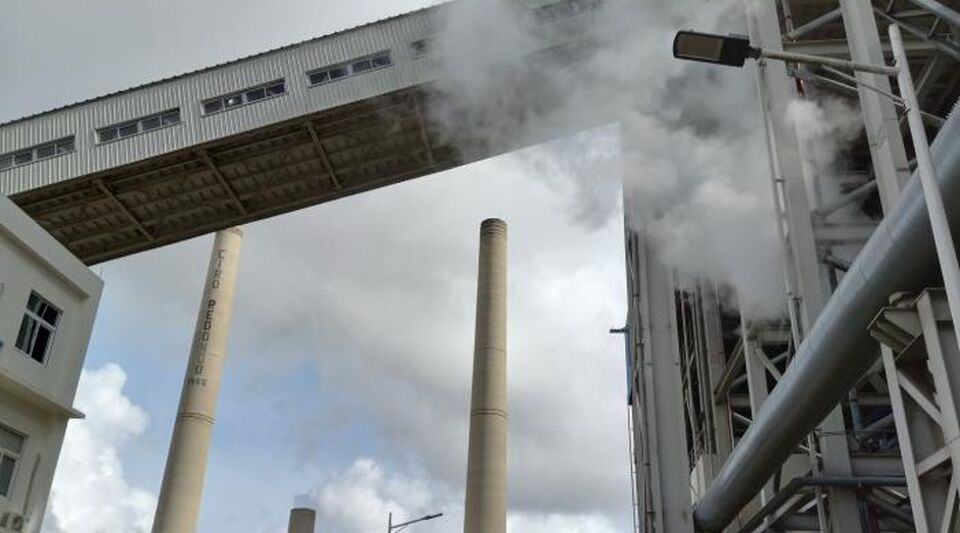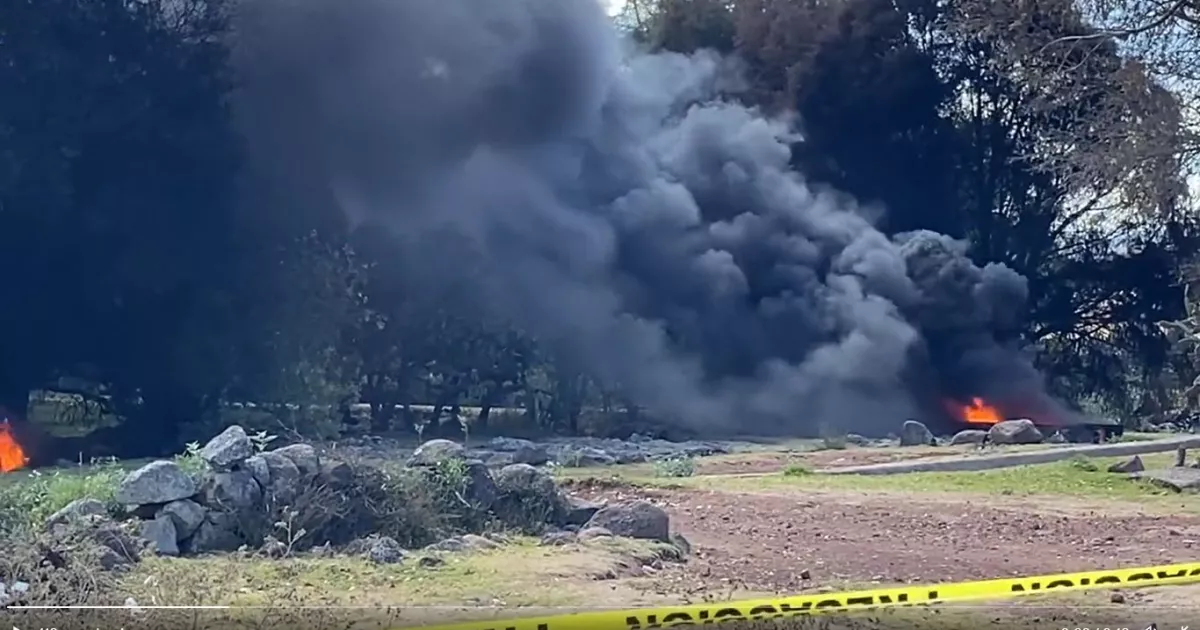The Cuban authorities announced that this Saturday the definitive synchronization between the Ciro Redondo plant and a nearby bioelectric plant was concluded. This is the first experience on the Island in the generation of energy from sugarcane and marabou biomass, described by the official press, with its usual triumphant tone, as “an unprecedented energy experience.”
In a published note for Granma It is highlighted that, in the first 24 hours of interconnection of both plants, there were “stable technical parameters” that allow progressive progress in the plan to increase the generation loads. Until 11:00 a.m. on Saturday, it generated between 25 and 30 MW and injected 21.5 megawatts (MW) into the National Electric System (SEN).
The technical teams maintain “strict surveillance” on the operation and parameters of the plant and the mill, assured Ariel Díaz Román, director of the generator, who warned that the pairing “is obliged to work close to perfection” to avoid interruptions in the electrical system.
The synchronization of both plants was announced in December 2021 and the official press described the “twinning” with the Ciro Redondo sugar mill in Ciego de Ávila as a “national milestone”. Vidal Martín Sarduy, administrator of the sugar mill, assured that the mill “can fulfill without problem” the milling for the 106 days of the harvest, of 5,600 tons in 24-hour days.
The Government explained that the plant will deliver steam and electricity, while the sugar mill will send bagasse and condensate. “If any of these processes fail, the setbacks will return,” he warns.
“The center is strong, it feels calm, comfortable, adjusted, with new equipment,” described Martín Sarduy in the first hours of interconnection operations. “For now, we are concentrating on reducing the humidity of the bagasse so that the neighbor can consume it without problems, thus saving the marabou biomass,” he added.
The biomass generation plant, a common renewable technology in several Latin American countries, has the capacity to gobble up some 2,100 tons of bagasse in 24 hours during the harvest, while during the mill’s idle period it will be able to process between 1,200 and 1,500 tons. of marabou. However, the Government acknowledges that up to now it has only been able to process bagasse in its boilers.
Cuba is suffering from an energy crisis that worsened in May 2022, giving rise to months of blackouts and power cuts that exceeded 10 and 12 hours for many days and even forced the reduction of industrial activity to save, further weighing down its precarious situation. economy. The situation has caused some of the largest demonstrations since July 11, 2021 on the Island, such as those registered in August of last year in Nuevitas, and which forced the dismissal of the now former Minister of Energy and Mines, Liván Arronte. After an apparent calm in December, his successor in office, Vicente de la O Levy, warned this week that power cuts will return between January and April.
The difference, as explained by the official, is that this time they will be brief and more localized during the maintenance of the electrical system so that it is prepared for the start of the high consumption season due to the increase in temperatures on the Island.
________________________
Collaborate with our work:
The team of 14ymedio He is committed to doing serious journalism that reflects the reality of deep Cuba. Thank you for accompanying us on this long road. We invite you to continue supporting us, but this time becoming a member of our newspaper. Together we can continue transforming journalism in Cuba.








